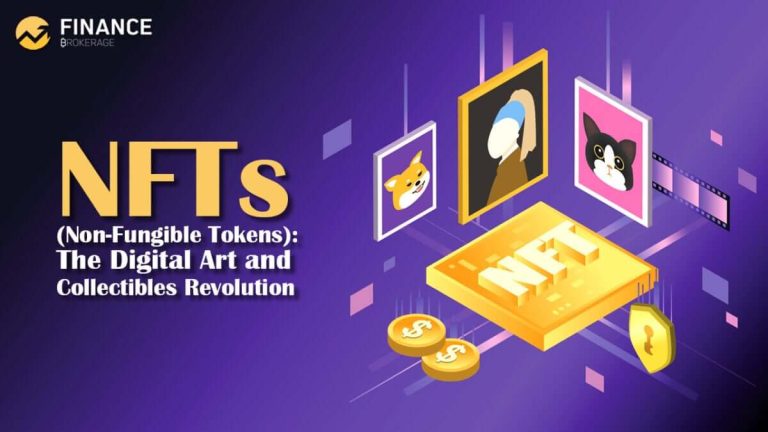How are NFTs revolutionizing digital art and collectibles?
Non-fungible tokens, or NFTs, have introduced a new way of owning, buying, and selling digital art, opening the doors to new opportunities for artists and collectors.
Through NFTs, the art industry has gone under a digital transformation that allowed artists to tokenize and sell their artwork online, helping them set ownership and monetization for their work.
NFTs provide artists with more control over their creations, and they enable direct engagement with collectors. Furthermore, these tokens can give artists royalties regularly as their work is resold on the blockchain.
With the rise of NFTs, the digital art industry has seen notable sales, with some creations selling for substantial prices, bringing digital art to the forefront of the traditional art market.
One of the best examples is The Merge by digital artist Pak, which fetched an astounding price of 91.8 million US dollars on the NFT platform Nifty Gateway in December 2021.
When it comes to the collectibles space, NFTs have let people own unique virtual assets and build a marketplace for digital collectibles.
From digital trading cards to virtual real estate, NFTs have enabled these collectibles to hold inherent value in their exclusivity and scarcity, leading to a thriving market for collectors.
The emergence of NFT marketplaces has set up platforms for buying, selling, and trading collectibles, which supports and promotes an exciting ecosystem.
NFTs have pioneered a digital revolution that transformed how people see and interact with digital assets.
From art to collectibles, NFTs have led to new possibilities that creators and collectors can take advantage of, allowing them to tokenize and trade unique digital assets.
The post How are NFTs revolutionizing digital art and collectibles? appeared first on FinanceBrokerage.

